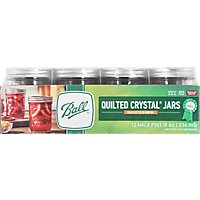Welcome back!
You're currently shopping with your default address:
You're currently using an unsupported browser, which may impact the sites display and prevent key functionality. Update your browser now for greater security, speed, and the best experience on this site. View supported browsers.












| Deliveryavailable | ||
| Pickupavailable |
| Deliveryavailable | ||
| Pickupavailable |
Disclaimer
We rely on product packaging and data from third-party sources to provide the content to you, including dietary and allergen content. We do not guarantee the accuracy, completeness, or availability of such information. Content is for general informational purposes only. You should not rely solely on the information displayed on our website. Actual product may vary. Always read labels, warnings, and directions prior to use or consumption. If you have questions or require more information about a product, please contact the manufacturer directly.
Allergen Notice: Products in our stores may contain, or may have been exposed to, one or more of the following allergens: peanuts, tree nuts, sesame, milk, eggs, wheat, soy, fish and crustacean shellfish.